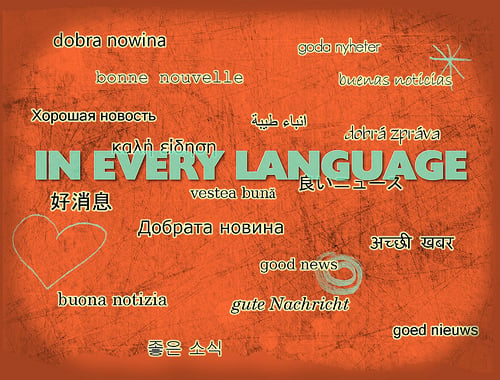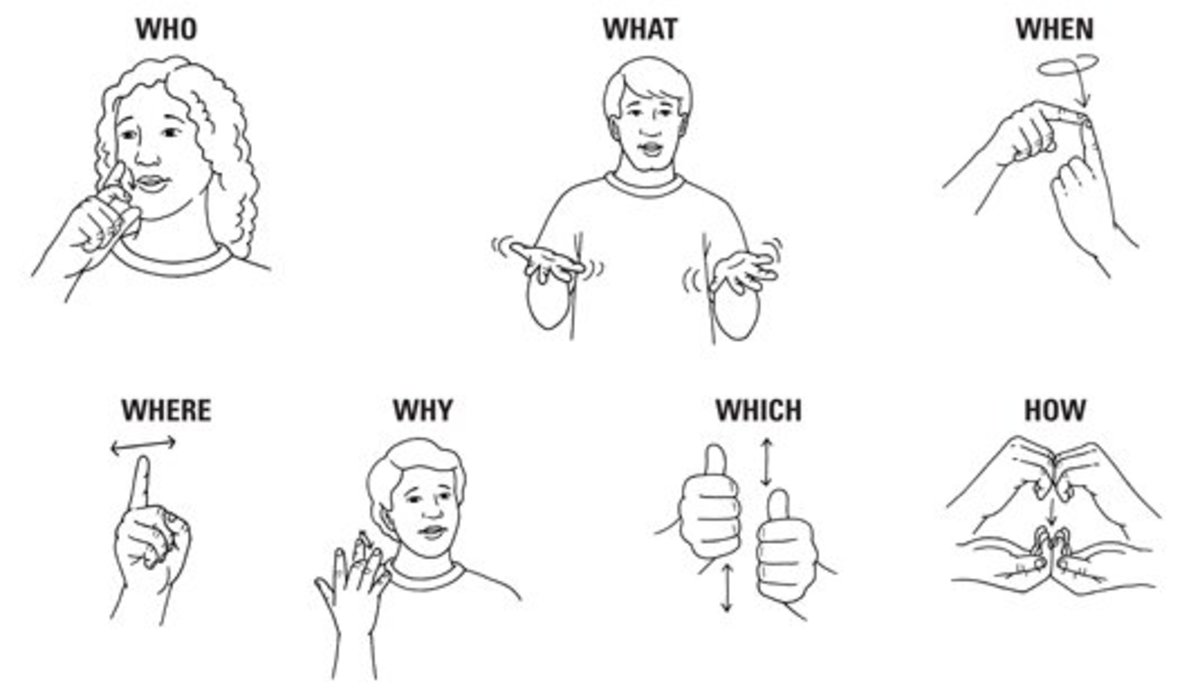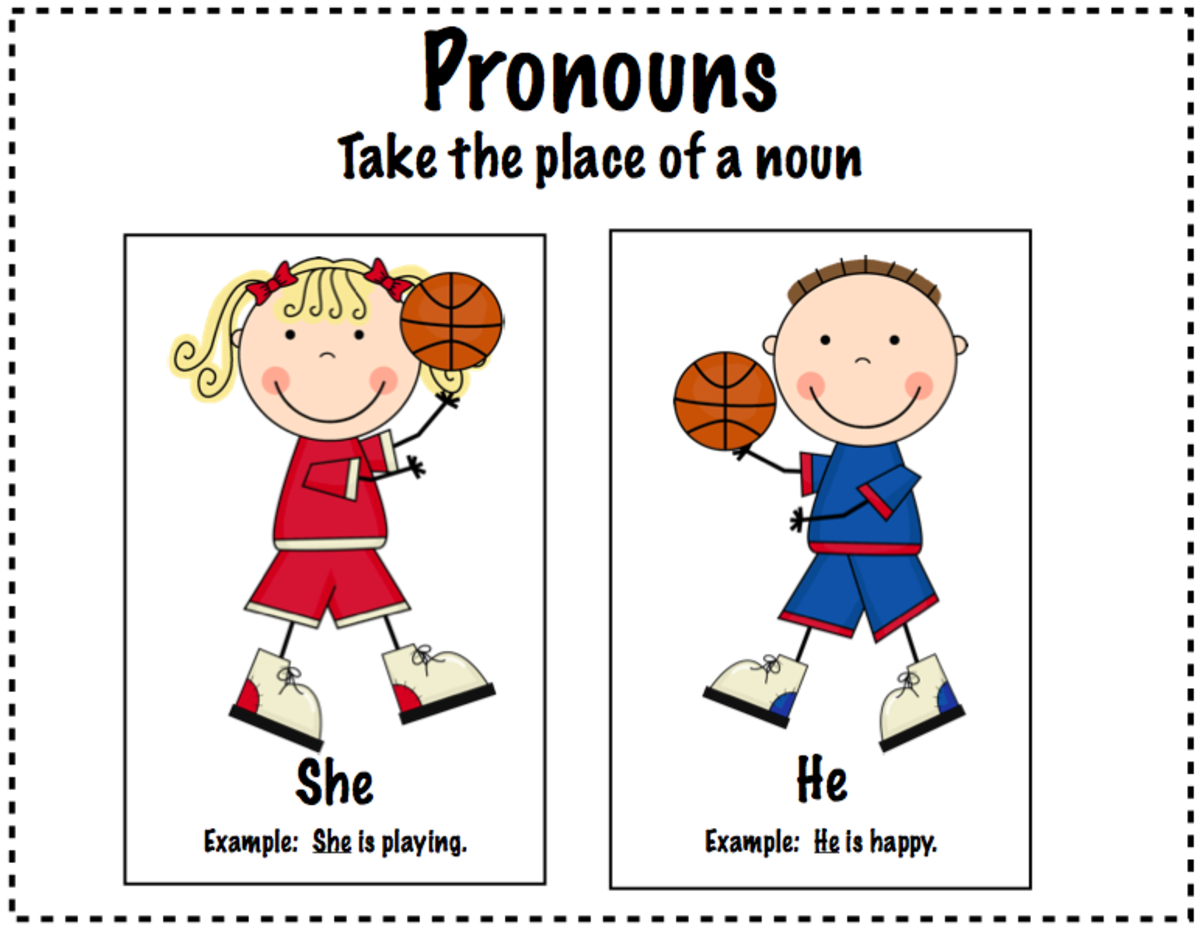What is Language?

Introduction
A definition of language which is quite comprehensive is the use of a system of words which people in the same country,community or cultural tradition have in common. Language can also be divided into language comprehension and expressive language. In the former, people can understand what is being said without being able to speak the language and in the latter one can speak the language as well as being able to understand it.
In the animal kingdom, there are many well-developed communication systems involving gesture which animals use to communicate with each other. Spoken language is specific to humans although some people put great emphasis on body language as well which is also known as non-verbal communication.However, the focus here will be on spoken language, how it has evolved and how it continues to do so.
The Evolution of Language
There are many different languages around the world which are constantly changing. New words are continuously being introduced in an active language. Old words are being used with different meanings or are being used less. A good example of this is the evolution of new words and old words used differently in the area of computers and technology.
Even within these languages there are dialects consisting of specific vocabulary and rules of use. For example, in the Pyrenees mountains between France and Spain, there are dialects that are neither French nor Spanish but a mixture of the two suggesting that the French or Spanish languages evolve over this geographical area.
The Development of Language
In understanding language development, some researchers believe that children are born without any predisposition to learn language. The term "tabula rasa" which is translated from Latin as "blank slate" summarizes this school of thought in which nurture is considered to be primary in facilitating a child's language development.
A "nature-nurture" school of thought proposes that an infant is predisposed neurologically to acquire language and instead of a "tabula rasa", the brain is wired in some way to facilitate language acquisition. Using this theory, there are those who believe that language development commences in utero when a fetus can recognize his mother's voice and speech patterns.
Although these are two opposing schools of thought both of them have merit in explaining childhood language development
The History of Language
Most spoken language systems have a corresponding written language component so that as well as communicating verbally one can communicate by reading and writing in a particular language. One of the earliest examples of written language known is the Egyptian hieroglyphs system which dates as far back as 4000BCE.
The history of English is that it is a Germanic language which was introduced to England by invaders from Germany and the Netherlands. By AD100, Old English as it became known became established. This Old English is totally unintelligible to modern English speakers but by AD 1400 middle English had developed following the influence of further invasions. This "Middle English" does have a resemblance to modern day English
Sign Language
Sign language can be divided into two main types i.e. sign systems which have manual gestures that correspond to spoken words and more advanced sign language which has all the tenses and grammatical components of spoken language. These latter types of sign languages are mainly used by the deaf.Although sign language is primarily by using the hands, facial expression and other nonverbal body cues are also used to express meaning. There is little correlation between sign language and the spoken language it represesents as sign language is in effect a language in itself and different from the spoken form of it.
An example of the former i.e. sign system is when a ground controller on an airport runway uses a series of gestures to communicate with the pilot before take-off
Summary and Conclusion
Language is a diverse and constantly evolving phenomenon which can be used in spoken or written form. The dialects and vocabulary within one language can differ greatly resulting in an evolution of language across borders rather than an precise change from the boundary of one country with another.
There are contrasting theories on the development of language in children in the nature versus nurture school of thought where some researchers believe that language development is totally dependent on the child's environment and others proposing that a child's brain is programmed to learn language.
The history of how English has developed over the ages from Old English through Middle English is largely based on invasions from Germany and other North European countries. The deaf have a manual sign language which they use to communicate with each other.





